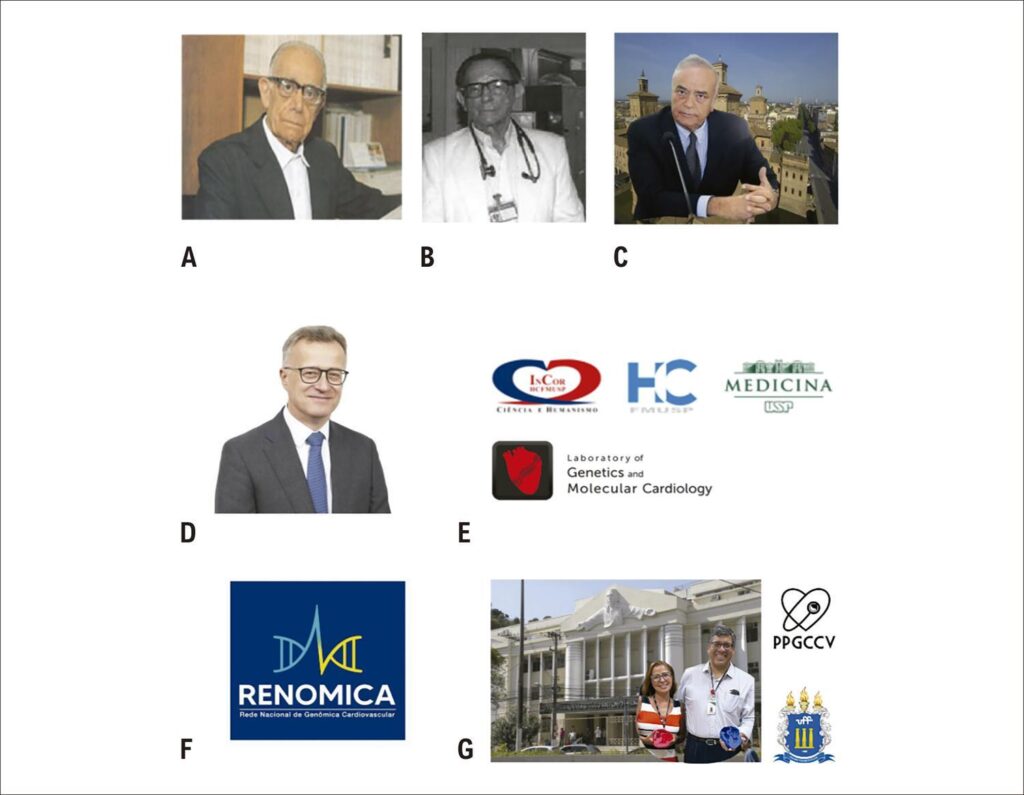ABC Heart Fail Cardiomyop 2023; 3(1): e20230022
Cardiomyopathies: Yesterday, Today, and Tomorrow
The interest in myocardial damage is very old, but only in recent decades has there been a reasonable advance in greater knowledge thereof. Ancient peoples were limited to rudimentary observations on the morphology and physiology of the circulatory system, but with special interest directed to the heart. Texts in cuneiform scripts from Sumer, considered the first civilization in human history; others from the Library of Ashurbanipal, with inscriptions on clay tiles, discovered intact under the sands at Nineveh; Egyptian hieroglyphs in stone and ink; and writings by the Mayans, the only people in the Americas to leave reports in their alphabet as well as books, of which we have only copies in some cases (the Spanish invaders took it upon themselves to destroy and burn many originals) all demonstrate an ancient interest in human anatomy and the heart. With the limitations of their times, they demonstrated curiosity about the constitution of the human body, reaching academic-level descriptions by Leonardo da Vinci’s time. Recent developments have brought us new knowledge about the etiopathogenesis and pathophysiology of the diseases that affect the heart, but they are not sufficient to generate greater therapeutic advances. There are reasons for this.
As these diseases are predominantly clinically treated, cardiology has spent the past few decades committed to understanding and disseminating themes considered more relevant in surgical areas, such as coronary, congenital, and valve diseases, which were and are subjected to highly developed treatments in the recent past, with more immediate results. The drug and equipment industries have understood the size of the doors open to their interests, actively participating in research associated with academic institutions. There is no doubt that the evolution in these fields has been enormous, with remarkable material interests, massively concentrating research, symposiums, congresses, and publications on these themes. Spaces for cardiomyopathies were very limited, due to almost total lack of interest, and therapy in these fields was limited to digitalis and diuretics, indicated for heart failure, and not for underlying diseases. It was a world apart within cardiology. It took a long time for new drugs to be studied and released on the market, but only for the treatment of dysfunction as a syndrome. There was a long delay in creating laboratories to promote understanding of the etiological factors of myocardial aggression, in an attempt to understand, reduce, or eliminate the lethality of these diseases, many of which are still little known, and to attempt to develop specific treatments for each cause. Unfortunately, we are still a long way from this goal. As an example, I cite the old and current Chagas cardiomyopathy. We treat the consequences, heart failure, thromboembolisms, and arrhythmias, but to date we do not have any truly effective specific treatment, in a society that contains a significant part of the infected population. Even prevention, which is inexpensive, given that it simply uses insecticides, is carried out on a modest scale. It has become conventional to use the terminology “disease of the poor” to justify this lack of interest. Nonetheless, this delay generates a huge social cost in the health area.
[…]
Keywords: Cardiomyopathies; Classification; Genetics
304


